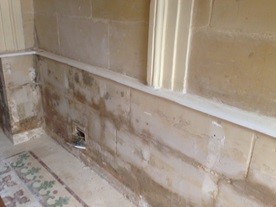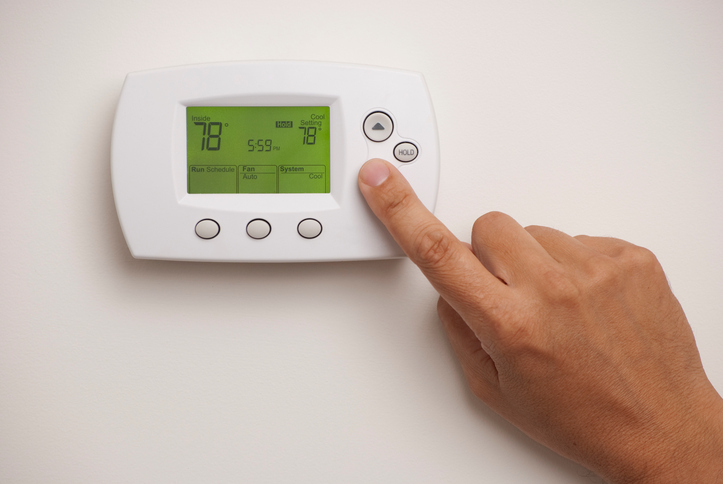Understanding Your Home's Systems
What Is Building Science?
Humans have been building homes for thousands of years. However, until fairly recently, we didn’t have the knowledge or technology to understand their inner workings. A home is much more than a simple structure; when it doesn’t work properly, materials and energy are wasted, occupants can feel uncomfortable, and conditions can even be unsafe or unhealthy. Building science is a unique field that draws upon physics, engineering, chemistry, and architecture to understand how we can avoid these problems and keep buildings functioning as effectively as possible.
House as a System
If you’re like most people, you probably think of your home as one single unit. In reality, your home is made up of many different mechanisms that work together to keep your home healthy, durable, and in peak working condition. Building science experts understand the importance of looking beyond a home’s individual components and examining the relationships between them. This idea is called the “house-as-a-system” concept. The three major components of your home’s system are:
- The building envelope - this includes things like your roof, walls, doors, and foundations – anything that separates the interior of your home from the outdoors.
- The mechanical systems - includes HVAC systems, humidifiers, dehumidifiers, and exhaust fans.
- The occupants – that’s you! The size of your household, your lifestyle, and your comfort preferences impact other systems in your home.
Anytime you make a change to one of these systems, you’re likely to impact another, either positively or negatively. For example, let’s say your downspout is moved too close to the home and water soaks the foundation. This could cause moisture to migrate into the basement and be drawn in by your return air ducts. This, in turn, could increase the relative humidity in your home. Extended periods of high humidity can lead to structural damage, as seen in the image below, or health issues. In this example, just one simple change – moving the downspout – set off a chain reaction, resulting in potentially serious problems.

While the science behind these relationships can be complicated, it’s useful to have a basic understanding of the three ongoing processes that are happening in your home. These things can take place twenty-four hours a day, seven days a week, whether you notice them or not.
- Heat flow. Heat in a house flows from warm to cold
- Air flow. Air always flows from a high-pressure area to a low-pressure area. Therefore, if there is a difference in air pressure between the inside and outside of a home, air leakage will occur.
- Moisture flow. Moisture is present in every house, as a liquid, gas, or solid (ice), and moves from wet to dry and warm to cold.
This matters because these three processes are in constant communication with each other. Think of the systems of a human body; if the cardiovascular system isn’t working properly, it’s likely that the respiratory, nervous, and other systems will also be impacted. The same concept applies here.
Imagine that your home is experiencing excessive air leakage, or conditioned air escaping from inside the house into the attic. Your first instinct is likely to adjust the thermostat. If it’s a blustery winter day and you turn the temperature up, the heat will move to where it’s coldest. If it’s hot and humid and you crank up the A/C, the warm, wet air from outside can get pushed into the attic and can invade your living space.

In this scenario, it might seem like the obvious solution is to simply seal up the air leaks, and that might indeed be the best course of action. But remember, as stated before, when you make a change to one system it can impact another system. However, because every house is different, it’s crucial that we understand the impacts that action would have and take a holistic approach to finding the best solution.
Building Science Matters
A strong understanding of building science leads to greater comfort, improved indoor air quality, and long-term energy savings. If you’re working with a contractor or builder on a project, ask about their building science education and whether they subscribe to the house-as-a-system approach. To learn more about the inner workings of your own home and how you can keep it functioning as efficiently as possible, consider having a home energy audit performed or take the Building Performance Institute (BPI) Home Quiz.